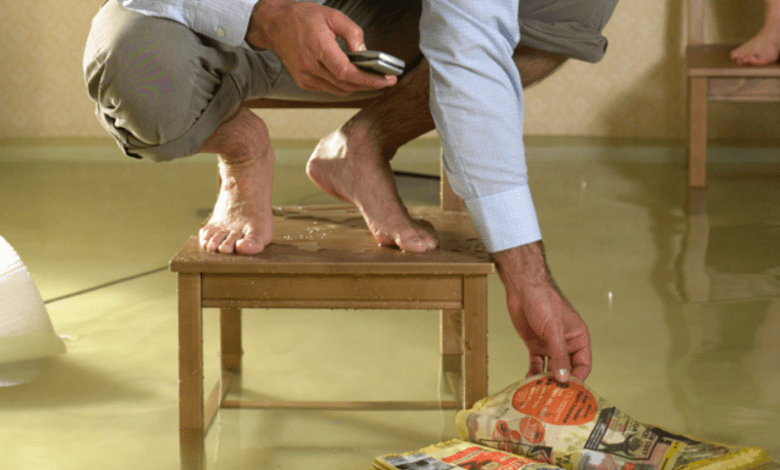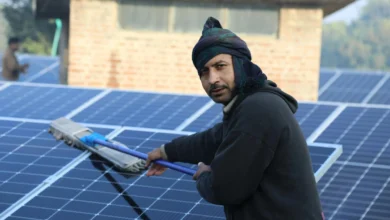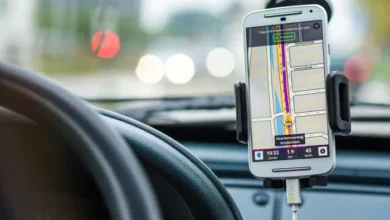Risks of DIY Water Damage Restoration

Steps of Restoration Process
With the availability of several videos of DIY water damage projects, many people think that they can put all kinds of matter into their hands. However, few things need to be handled by professionals. Out of those things/ projects that you need to avoid fixing yourself is the water damage restoration. In the efforts of removing the water damage yourself, you might cause more damage to the property
Water Removal
The first step of the water damage restoration process is water extraction. The residents could perform this part of the restoration process. It involves the removal of all signs of water in that area. With the help of a dry towel, you can absorb moisture. However, some people use paper for draining out the moisture. It worth noting that this could cause damage as the ink from paper could transfer to the surface and you need to make efforts to remove the ink.
Drying & Dehumidification
After the removal of water, the next step of the process is to remove moisture. This would help in preventing the growth of mold around the house. For drying and dehumidification, there is a need for specialized equipment. In case you try to DIY water damage restoration, ensure you have the required tools and equipment. In the absence of tools, you might not be able to remove the moisture completely and this might affect the structural integrity.
- Cleaning & Sanitizing
Post drying and dehumidification, it is the time to clean and sanitize. This step of the restoration process requires a good amount of attention as well as care. The reason behind this is that the bacteria left after water damage could affect the surface of the house. It might result in mold growth and cause other problems.
Risks of DIY Restoration Process
Now, when you know the steps involved in the restoration process, it is important to be aware of the dangers involved with the DIY restoration project
- Mold Growth
It is important to understand that the mold thrives through moisture. The presence of mold not only affects the surface but pose risk to the health of people living on that property. Opting for a DIY restoration process might not help in eliminating the moisture completely. And, this could result in respiratory issues that lead to breathing difficulties among the residents of the house.
- Electrical Hazard
While handling the water damage near the house there are chances of being electrocuted. There could be faulty wiring around the house that could increase the chances of electrical accidents. It is important to note that when the exposed electrical wires come in contact with water, the dangers could go beyond the imagination. The restoration process could prove to be deadly.
- Increased Weight of Items
Carrying the furniture items soaked in the water could increase the danger. First, there is a risk of slipping. As furniture would be wet, it would be a bit difficult to hold on to that and it poses risks. Along with slipping, the other danger is that the furniture items would have extra weight as they would be soaked in water. Before the damage, you might be able to carry the sofa, however, after the flood, it might be heavier to carry.
Final words
Apart from these, another risk is structural weakness. The foundation made from wood becomes weaker after exposure to the flood. Moreover, the chances of foundation or structure collapse also increase. Hiring professionals for water damage restoration in Miami could help you have the trouble of dealing with the potential structural weakness. Therefore, it is advised to hand over the task of restoration to experts rather than opting for DIY projects.




